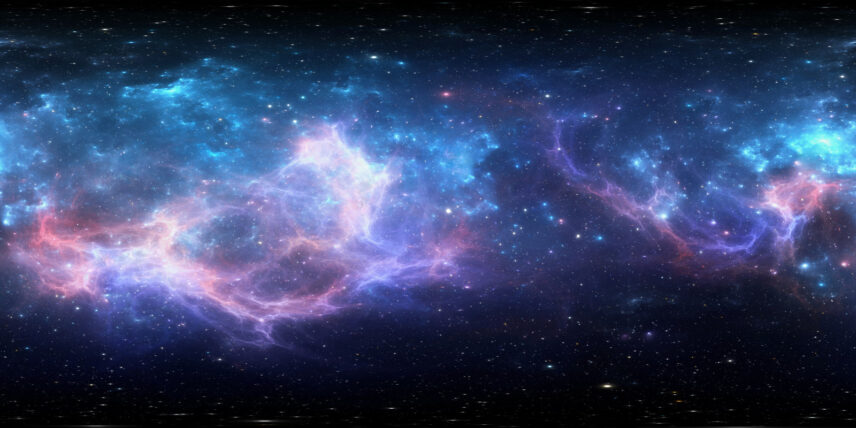
Skip to Section
- 1 The Big Bang and the Enormity of the Universe
- 2 The History of Timelapse Photography
- 3 Crafting a Timelapse of the Entire Universe
- 4 The Significance of Universe Timelapses
- 5 Examples of Stunning Universe Timelapses
- 6 Timelapse of the Future
- 7 Examples of Entire Universe Timelapse Events Featured
- 8 Conclusion
Discover The Timelapse of the Entire Universe—a fascinating blend of art and science that brings the cosmos to life in breath taking detail.
The universe is a vast, awe-inspiring expanse that stretches beyond human comprehension. Its grandeur has captivated the curiosity of humankind throughout human history. But how can we truly grasp the immense scale and intricate beauty of such a colossal space?
This blog post will take you on a celestial journey, exploring the history, techniques, and significance of capturing the universe in motion. From understanding the technology behind these stunning visuals to appreciating their impact on scientific research, we’ll uncover the magic that universe timelapses bring to our understanding of the cosmos.
The Big Bang and the Enormity of the Universe
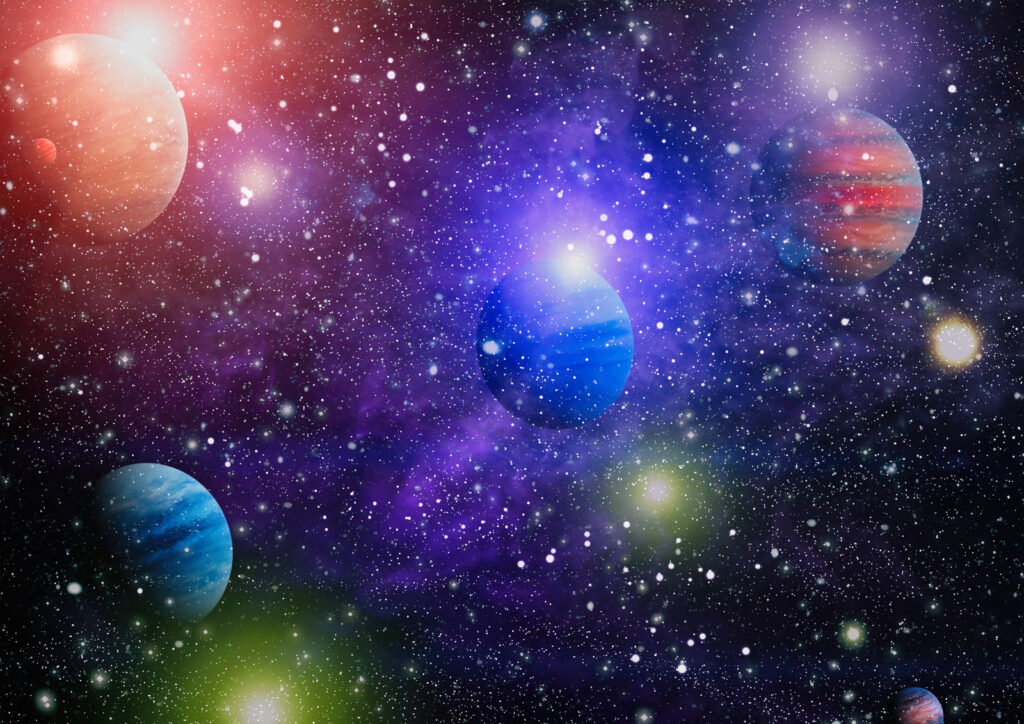
The big bang and the formation of the universe are events that have occurred billions of years ago. Yet, through timelapse photography, we can witness these events unfold before our eyes. It’s a testament to the remarkable beauty and complexity of the cosmos, reminding us of our place in this vast expanse.
The universe is unimaginably vast. Containing billions of galaxies, each with millions or even billions of stars, it stretches across an expanse so great that light from its farthest reaches has taken billions of years to reach us. This seemingly infinite space holds countless wonders—from black holes and supernovae to nebulae and exoplanets.
One can barely fathom the sizes and distances involved when contemplating the universe. For instance, our own Milky Way galaxy alone is about 100,000 light-years in diameter. And that’s just one galaxy among billions. This sheer immensity makes it almost impossible to visualize the universe’s entirety in real-time. However, timelapse photography can provide a unique perspective, allowing us to witness celestial events and movements that occur over millennia.
The History of Timelapse Photography
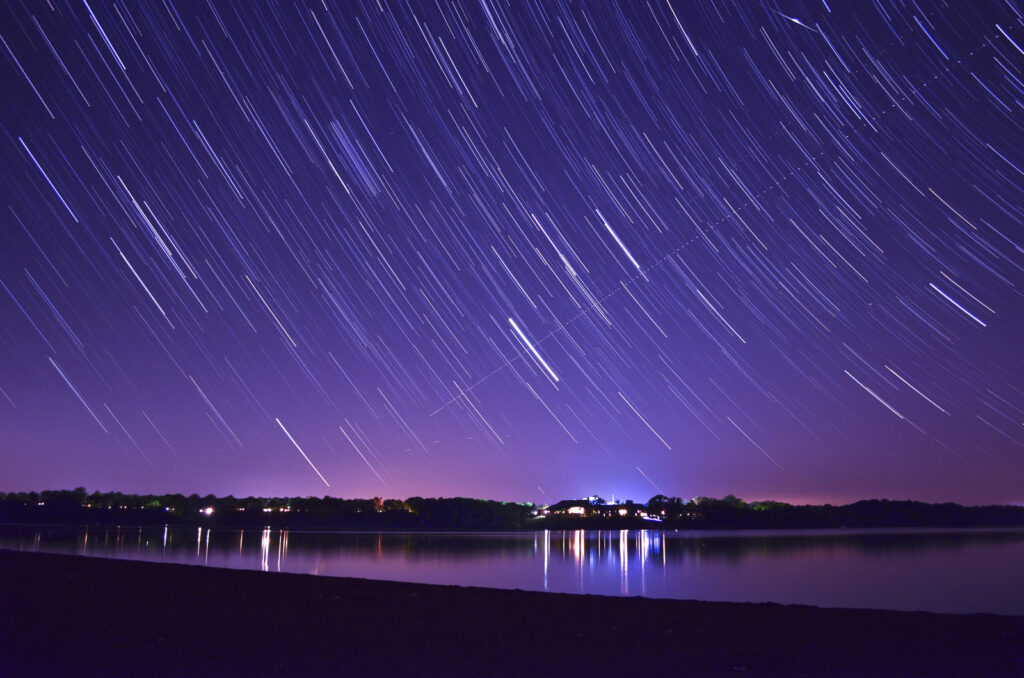
Timelapse photography has a rich history dating back to the early 20th century. It involves capturing individual frames at set intervals and then playing them back rapidly, creating the illusion of time moving faster than it actually does. Initially used to film phenomena like plant growth and daily urban life, timelapse has since expanded to the realm of astronomy.
In the context of celestial events, timelapse photography allows us to observe processes that occur over long periods. For example, the movement of stars, the rotation of galaxies, and the evolution of nebulae can all be showcased using this technique. The goal is to condense eons into mere seconds, providing a window into the dynamic, ever-changing universe.
Crafting a Timelapse of the Entire Universe
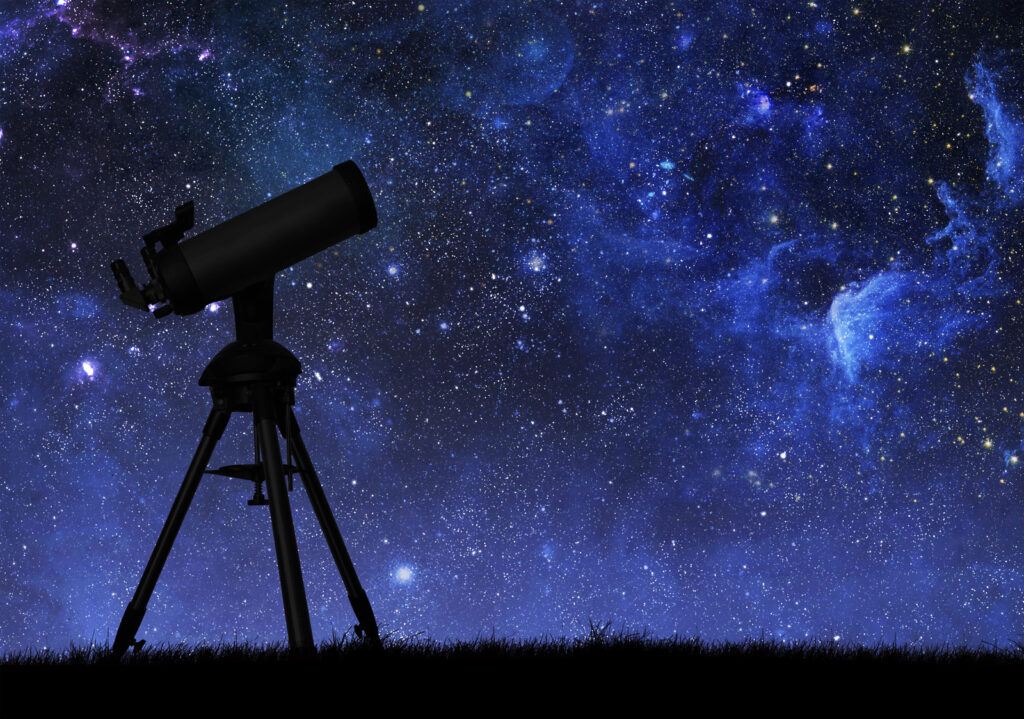
Creating a timelapse of the entire universe is an ambitious endeavour that combines cutting-edge technology with meticulous precision.
Through human history, our understanding of the cosmos has evolved, and so have our methods of capturing it. Today, scientists use powerful telescopes, advanced cameras, and specialized software to create stunning timelapses that reveal the beauty and secrets of the universe.
Here’s a step-by-step overview of the process:
Advanced Telescopes and Cameras
High-resolution telescopes equipped with sensitive cameras are essential for capturing detailed images of distant celestial objects. Instruments like the Hubble Space Telescope and ground-based observatories use sophisticated detectors to gather light from across the electromagnetic spectrum.
Image Processing and Data Compilation
Once captured, the images undergo extensive processing. Software algorithms correct for distortions caused by Earth’s atmosphere and other factors. Thousands, sometimes millions, of individual frames are then compiled to create seamless sequences.
Creating the Timelapse
The final step involves stitching together these processed images into a cohesive timelapse. This requires precise alignment and calibration to ensure smooth transitions between frames. The result is a captivating visual narrative that encapsulates the motion and evolution of cosmic phenomena.
The Significance of Universe Timelapses
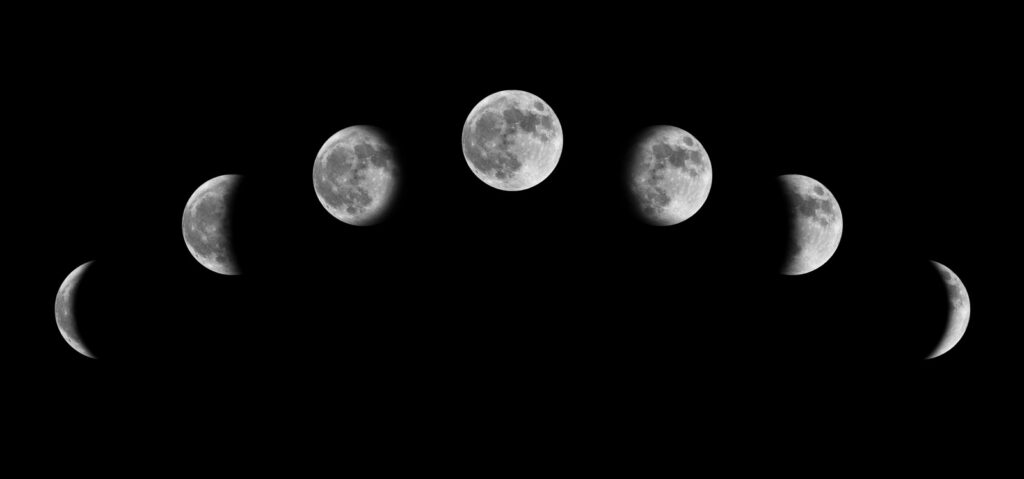
Universe timelapses hold immense scientific value. By condensing lengthy celestial events into short video shows, scientists can study dynamic processes that would otherwise be imperceptible. For instance, observing the lifecycle of stars, the cosmic calendar or the expansion of galaxies over time provides crucial insights into the fundamental workings of the cosmos.
Additionally, these timelapses serve as powerful educational tools. They make complex astronomical concepts accessible to the public, fostering a deeper appreciation for the universe. Through visual storytelling, they ignite curiosity and inspire the next generation of astronomers and space enthusiasts.
Examples of Stunning Universe Timelapses
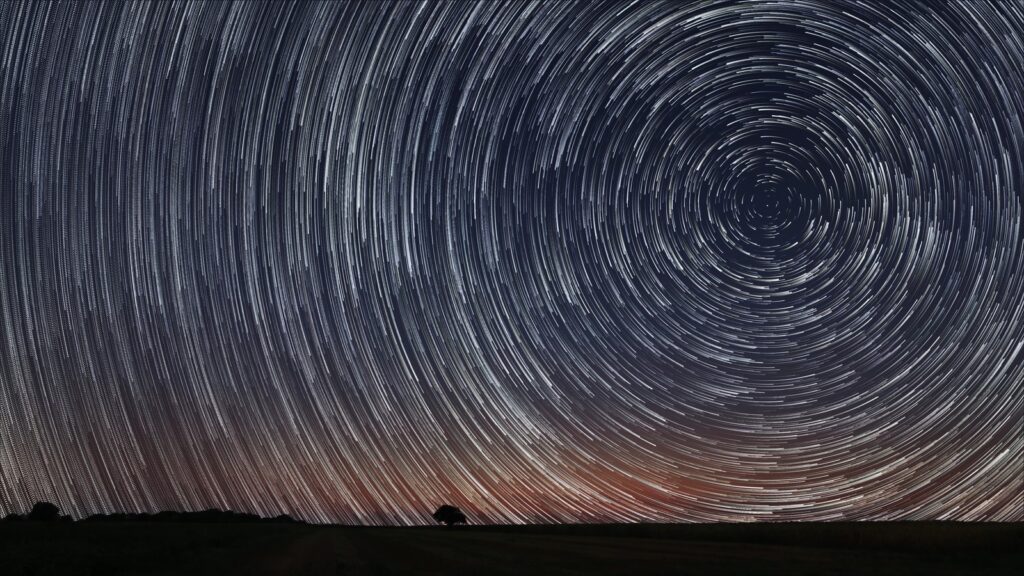
Hubble’s Deep Field
One of the most iconic examples is the Hubble Deep Field timelapse, which captures a tiny patch of sky teeming with galaxies. Taken over ten days, this timelapse reveals the staggering diversity and density of cosmic structures, offering a glimpse into the universe’s vastness.
The Pillars of Creation
Another remarkable timelapse showcases the Pillars of Creation in the Eagle Nebula. These towering columns of gas and dust are sites of active star formation. Over years of observation, the timelapse highlights the dynamic processes shaping these celestial structures.
Andromeda Galaxy
A timelapse of the Andromeda Galaxy, our nearest galactic neighbour, reveals its spiral arms rotating gracefully. By observing this motion, scientists gain valuable data on the galaxy’s mass distribution and dynamics, enhancing our understanding of galactic evolution.
Timelapse of the Future
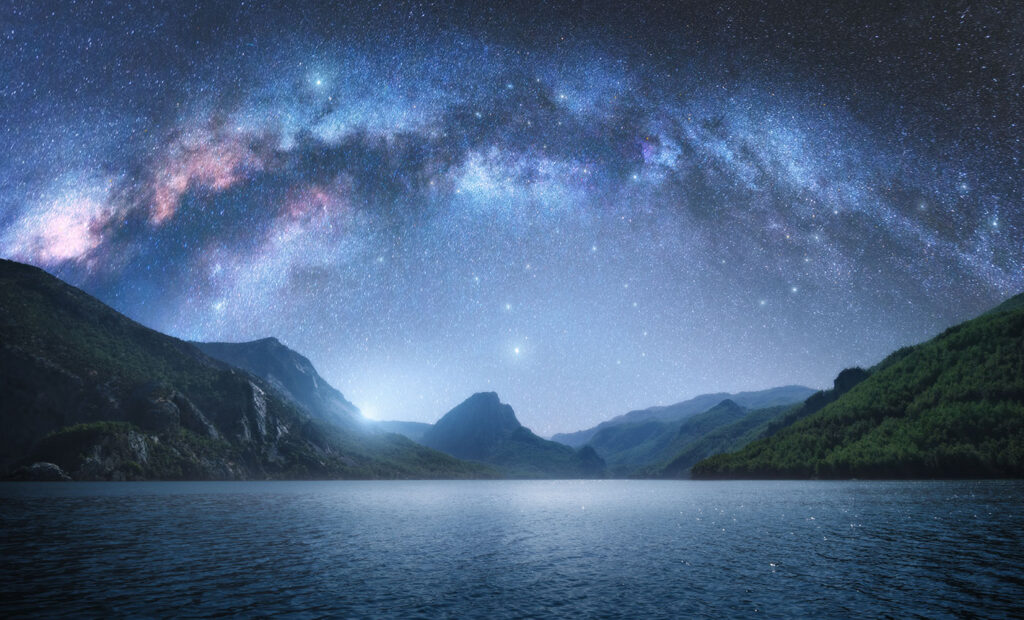
The field of universe timelapse photography is continually evolving, driven by advancements in technology and computational techniques. Timelapse of the future include telescopes, such as the James Webb Space Telescope, promise even more detailed and expansive views of the cosmos.
Educational Potential
Beyond scientific research, the future holds exciting possibilities for education and public engagement. Interactive timelapse experiences and virtual reality simulations could allow people to explore the universe in unprecedented ways, making astronomy more accessible and engaging.
Citizen Science and Collaboration
Citizen science initiatives are also on the rise, encouraging amateur astronomers to contribute their observations to larger projects. This collaborative approach not only democratizes astronomy but also accelerates data collection and analysis.
Examples of Entire Universe Timelapse Events Featured
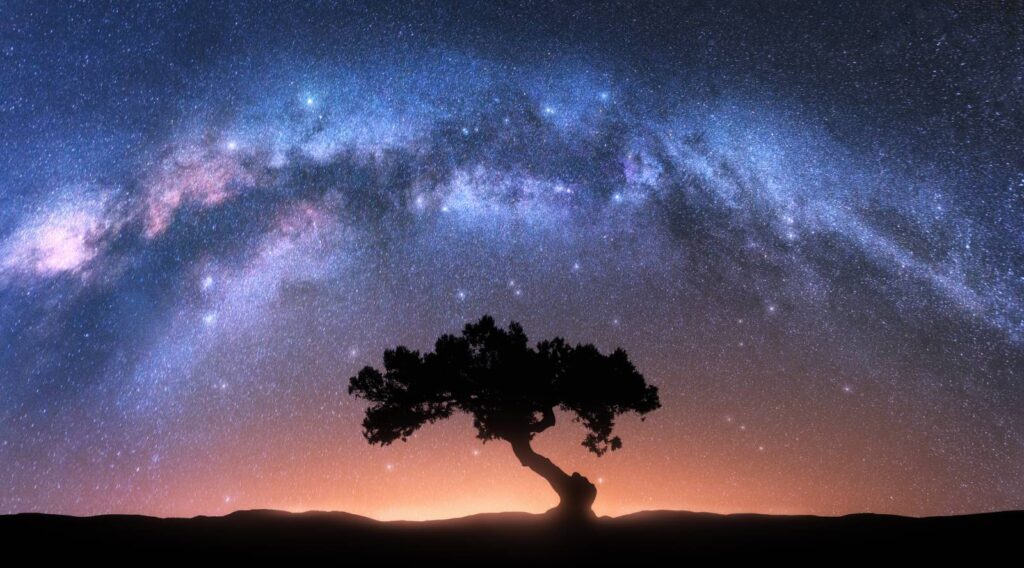
Carl Sagan famously said, “Somewhere, something incredible is waiting to be known.” Universe timelapses offer a glimpse into this vast and mysterious universe and spark our curiosity to explore and understand it even further.
David Attenborough – Life of the Cosmos
This television series explores the history and evolution of the universe, including stunning visualizations of timelapse events. From the birth of stars to black holes, this show provides a comprehensive overview of our cosmic time scale and origins.
John Boswell – Symphony of Science
One example of the power of universe timelapse and collaboration is John Boswell’s Symphony of Science project. These music videos combine footage from NASA’s archives with spoken word by notable scientists, creating a mesmerizing blend of science and art.
Brian Cox – Wonders of the Universe
Another example is Brian Cox made a documentary called Wonders of the Universe, a documentary series that uses stunning timelapses to explore cosmic phenomena and their significance. These visuals help bring complex concepts to life and make them more accessible to a wider audience.
Morgan Freeman – Through the Wormhole
Morgan Freeman’s documentary series, Through the Wormhole, also utilizes universe timelapses to delve into thought-provoking questions about the nature of the universe. These visuals add a layer of depth and beauty to the already fascinating topics discussed in the show.
Conclusion
In conclusion, universe timelapse photography is not only visually stunning but also holds current scientific understanding, immense scientific value and educational potential. By combining advanced technology with creative storytelling, we can gain a deeper understanding and appreciation of our ever-changing cosmos and cosmic time scale.
No Comments yet!